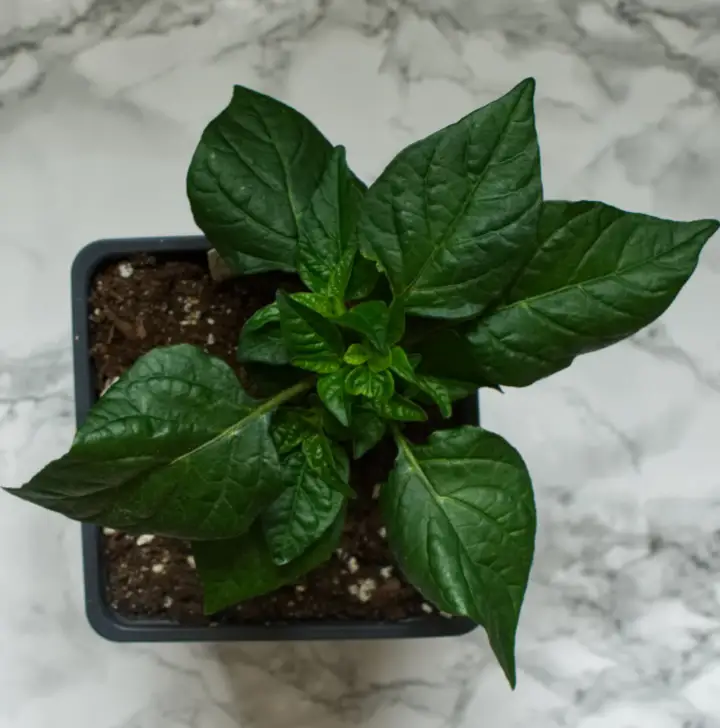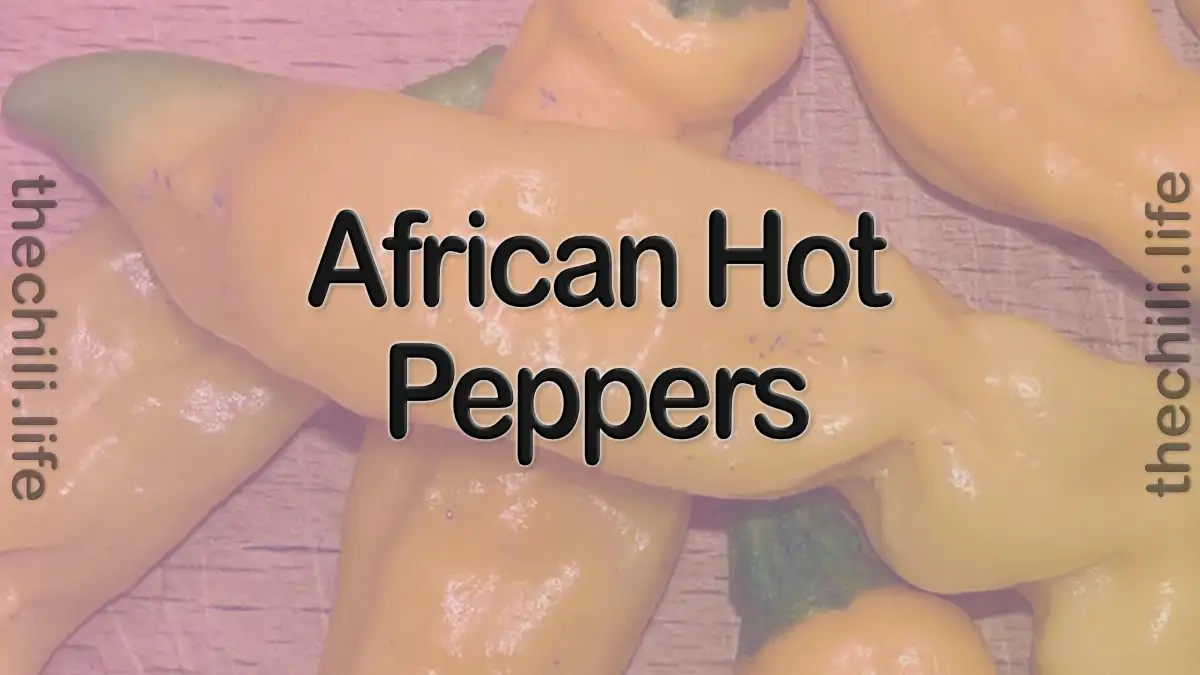African Hot Peppers: Five Rare Gems
African hot peppers are some of the most flavorful and intense chili varieties I’ve come across. These peppers are not just about heat. They bring a lot of depth and character to dishes, which is why they’re used in so many kitchens across the African continent. From the fruity Mako Akokosrade to the fiery African Bird’s Eye, the variety is just incredible. Each one has its personality and taste. If you enjoy bold flavors and want to explore new chili types, these are worth growing or cooking with.
Table of Contents
Hot Peppers from Africa
Here are some chilis originating from the African continent.
Mako Akokosrade
The Mako Akokosrade is one of the more interesting African hot peppers I’ve grown and cooked with. It comes from Ghana and can get pretty hot, up to around 300,000 Scoville units, so you’ll feel it. The pods start off light green but turn a beautiful golden yellow when they ripen. Besides the heat, there’s also a bit of fruitiness in the flavor, which I really like. It works great in soups and sauces, but one of my favorite ways to use it is in a mango salsa. The sweetness and the heat just work.

African Bird’s Eye Chili
Another one of my favorites among African hot peppers is the African Bird’s Eye chili, also known as Piri Piri. This little chili might look small, but don’t let the size fool you, it’s got a serious bite. Originally from Mozambique, it usually lands somewhere between 50,000 and 175,000 Scoville units. You’ve probably heard of it from the dish Piri Piri chicken, which gives you that perfect mix of smokiness and heat. I also like using it in seafood and veggie dishes, especially when I want that extra fire to come through in a marinade.
African Ghost Pepper
Then there’s the African Ghost Pepper. Now, this one is not for the faint of heart. It’s a relative of the Indian Bhut Jolokia and can go well past 1,000,000 on the Scoville scale. This pepper brings not just heat, but a deep, smoky flavor that makes it stand out. I use it carefully, just a little bit goes a long way. A teaspoon too much and your whole pot might be ruined unless you like tears at the dinner table. If you’re into making chili oils or bold hot sauces, this is a fun one to try.
Habanero Gambia Red
One chili I’ve come to enjoy more recently is the Habanero Gambia Red. It comes from the Gambia and is a bright, fiery red chili that hits between 100,000 and 350,000 Scoville units. It’s hot, yes, but it also has a nice fruity and slightly tangy flavor. I like this one in hot sauces and relishes, but it’s also great in traditional African stews. And if you’re feeling adventurous, try infusing it in vodka; it gives your cocktails a serious kick. You can read more about what to do with Habanero peppers here if you’re looking for ideas.
Scotch Bonnet (Burkina Yellow)
And of course, we can’t leave out the Scotch Bonnet. The Burkina Yellow variety is especially lovely. It’s bright yellow and has a sweet, almost tropical flavor along with that heat we all love. It usually falls somewhere around 100,000 to 350,000 Scoville units. I often use it in Jollof rice or bean stews. The flavor it brings is just incredible. It’s no wonder this pepper is so popular across West Africa and in Caribbean dishes too.
Conclusion
There’s just something special about African hot peppers. Each one has its personality, some are smoky, some are fruity, some are downright dangerous, and that’s why I think it’s so fun to grow and cook with. Whether you’re trying out the Mako Akokosrade for the first time or adding some Piri Piri to your chicken, these peppers bring something unique to the table.
If you’re new to using African varieties, start slow and explore. And if you’re pulling your chili out of the freezer to cook with later, be sure to check out how to defrost chili so you don’t lose any of that amazing flavor in the process.
Have you tried growing or cooking with any of these? Let me know in the comments or tag @thechililife on Instagram, I’d love to see what you’re making with your peppers!

 en_US
en_US